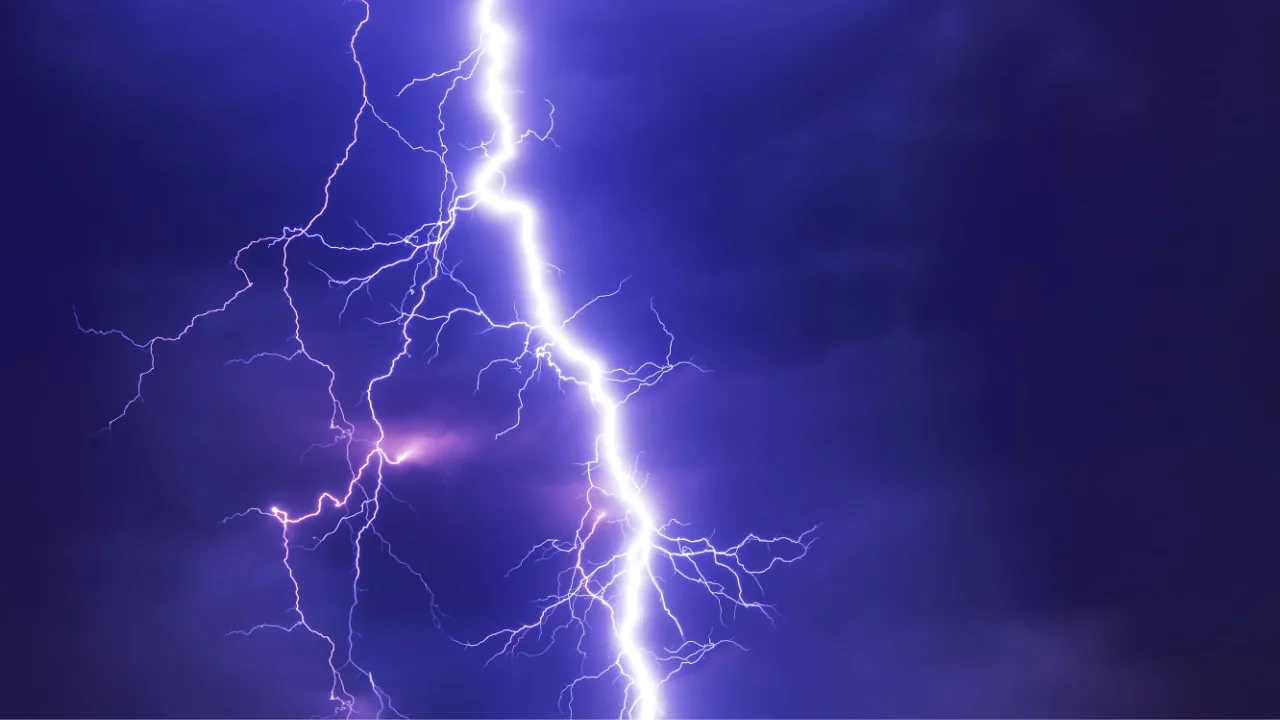Compliance and Standards
Child Pages


IEC 60730-2-7
IEC 60730-2-7:2015 (Automatic electrical controls - Part 2-7: Particular requirements for timers and time switches) applies to timers and time switches for household and similar use.1
IEC 61058-1 - Switches for appliances - Part 1-1: Requirements for mechanical switches
IEC 61058-1 specifies the requirements for switches that are used in appliances. It targets switches that are intended to control electrical appliances and other household equipment where the the rated voltage does not exceed 480V and the rated current does not exceed 63A.2
IEC 62368-1
IEC 62368-1 takes the approach of classifying electrical equipment as energy sources into 3 classes and prescribes safeguards against the energy sources. The safeguards are designed to reduce the chance of injury and property damage. The standard also classifies people into three different groups, the ordinary person, the instructed person and the skilled person.
| Energy source | Effect on people | Effect on property |
|---|---|---|
| Class 1 | Not painful (but may be detectable) | Ignition not likely |
| Class 2 | Painful, but no injury | Ignition possible |
| Class 3 | Injury can occur (including lethal and non-lethal injuries) | Ignition likely and rapid spread of fire |
This standard places a large focus on 3 different classes of energy source, class 1, 2 and 3. A colour scheme of green (class 1), yellow (class 2) and red (class 3) is used throughout to indicate relevant requirements.
Safeguards
Safeguards are further classified:
-
Installation safeguard: Safeguard that is not controlled by the equipment manufacturer.
-
Personal safeguard.
-
Behavioural safeguards: These are further classified into:
- Instructional safeguard:
- Precautionary safeguard: The training and experience/supervision of an instructed person by a skilled person.
- Skill safeguard: The education, training, knowledge and experience of a skilled person.
-
Equipment safeguard.
-
2010
-
2014
-
2023
The equivalent Australian/NZ standard is AS/NZS 62368.1.
Energy Sources
Energy sources are classified into 3 classes:
- ES1: Is either voltage or current limited and safe to touch. This is roughly in line with the old SELV classification (<50VAC, <60VDC).
- ES2: Generally, ES2 is considered as a non-hazardous voltage and is expected to supply up to 100W under normal and single fault conditions.
- ES3: ES3 has no voltage or current limits and is considered hazardous. An example would be 230VAC mains power.
EN 18031
The European Commission in January 2025 officially listed the EN 18031 series in the Official Journal (OJ) of the European Union under the Radio Equipment Directive (RED). These standards address cybersecurity requirements that will become mandatory from August 1, 2025.3
In 2022, cybersecurity requirements were added to RED:
- EN 18031-1, RED 3.3 (d): Protection against network harm and service degradation
- EN 18031-2, RED 3.3 (e): Safeguards for personal data and user privacy
- EN 18031-3, RED 3.3 (f): Measures to prevent fraud in radio equipment handling virtual currency
Some of the general mechanisms defined are:4
- Access Control Mechanism (ACM): The equipment shall have appropriate access control mechanisms to manage access to security/network assets and shall ensure only authorize entities have access.
- Authentication Mechanism (AUM): Authentication Mechanism shall be present for managing access to read, modify or use network function configuration or security parameters.
- Secure Update Mechanism (SUM): Secure update mechanism is present and new software can be installed with integrity and authenticity.
- Secure Storage Mechanism (SSM): Secure Storage mechanism shall be present to protect assets for confidentiality and integrity properties.
- Secure Communication Mechanism (SCM): Secure Communication mechanism shall exist to protect communication of assets and be a secure mechanism to gain integrity, authenticity confidentiality and anti-replay properties.
- Resilience Mechanisms (RSM): Mitigate effects of DDoS (Denial of Service).
- Network Monitoring Mechanism (NMM): To detect attacks of DDOs.
- Traffic Control Mechanism (TCM): Mechanism to detect malicious behavior.
- Confidential Cryptographic Keys (CCK): Verify the appropriateness of the keys, of the generation mechanisms, preventing static values of the keys.
- General Equipment Capabilities (GEC): Up-to-date software and hardware with no publicly known exploitable vulnerabilities and limit exposure services via related network interfaces as well as configuration of optional services, exposure of physical interface only when needed.
- Cryptography (CRY): Best practice cryptography.
Footnotes
-
IEC. IEC 60730-2-7:2015 - Automatic electrical controls - Part 2-7: Particular requirements for timers and time switches [product page]. Retrieved 2025-02-27, from https://webstore.iec.ch/en/publication/21938. ↩
-
BSI Knowledge. BS EN IEC 61058-1:2018 - TC - Switches for appliances - General requirements. Retrieved 2025-02-27, from https://knowledge.bsigroup.com/products/switches-for-appliances-general-requirements. ↩
-
Geir Hørthe (2025, Feb 2). Cybersecurity in Europe - EN 18031 is now a harmonized standard [blog post]. Nemko. Retrieved 2025-07-15, from https://www.nemko.com/blog/cybersecurity-in-europe-en-18031-is-now-a-harmonized-standard. ↩
-
Applus Laboratories (2024, Dec). EN 18031: Understanding Standard Common security requirements for radio equipment: Parts 1, 2, and 3 [pdf]. Retrieved 2025-07-15, from https://www.appluslaboratories.com/en/dam/jcr:0e9f8aaf-1b68-400f-aee5-b86a7895a630/EN18031_Understanding_Standard_NCM.pdf. ↩

